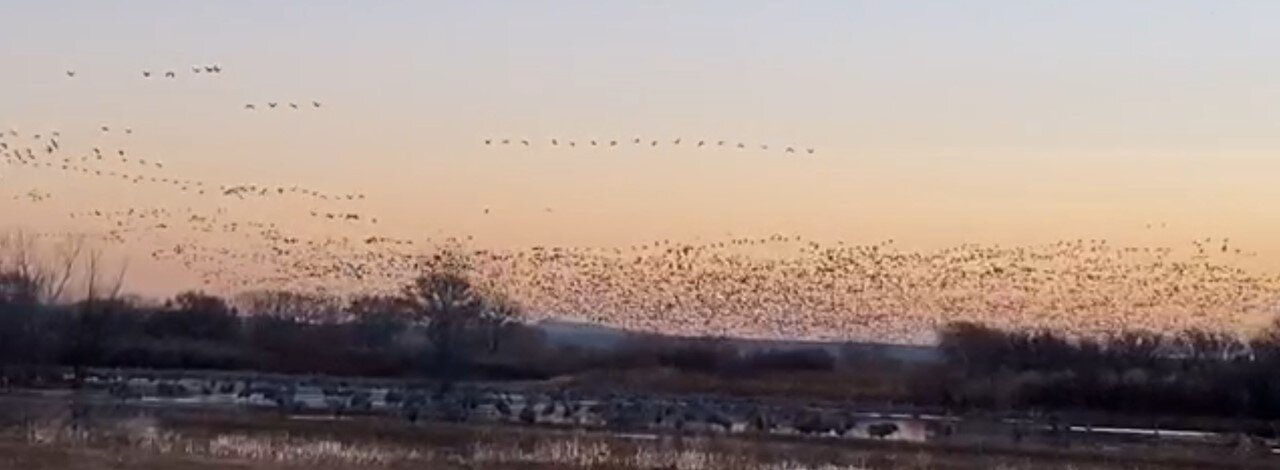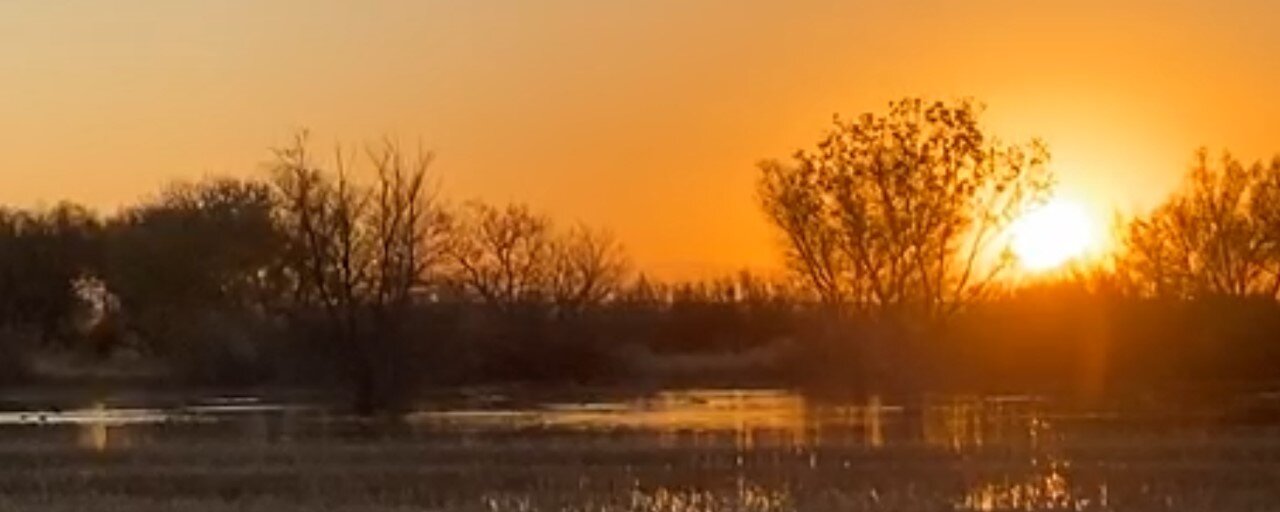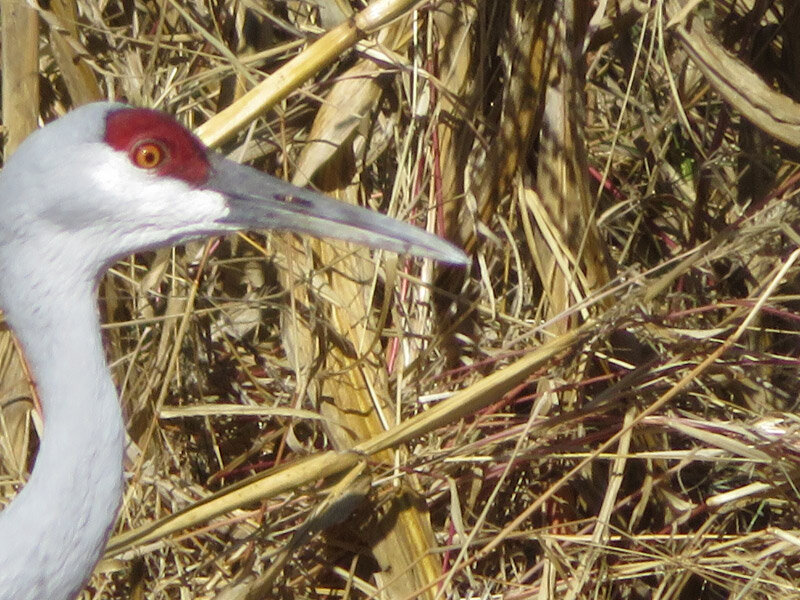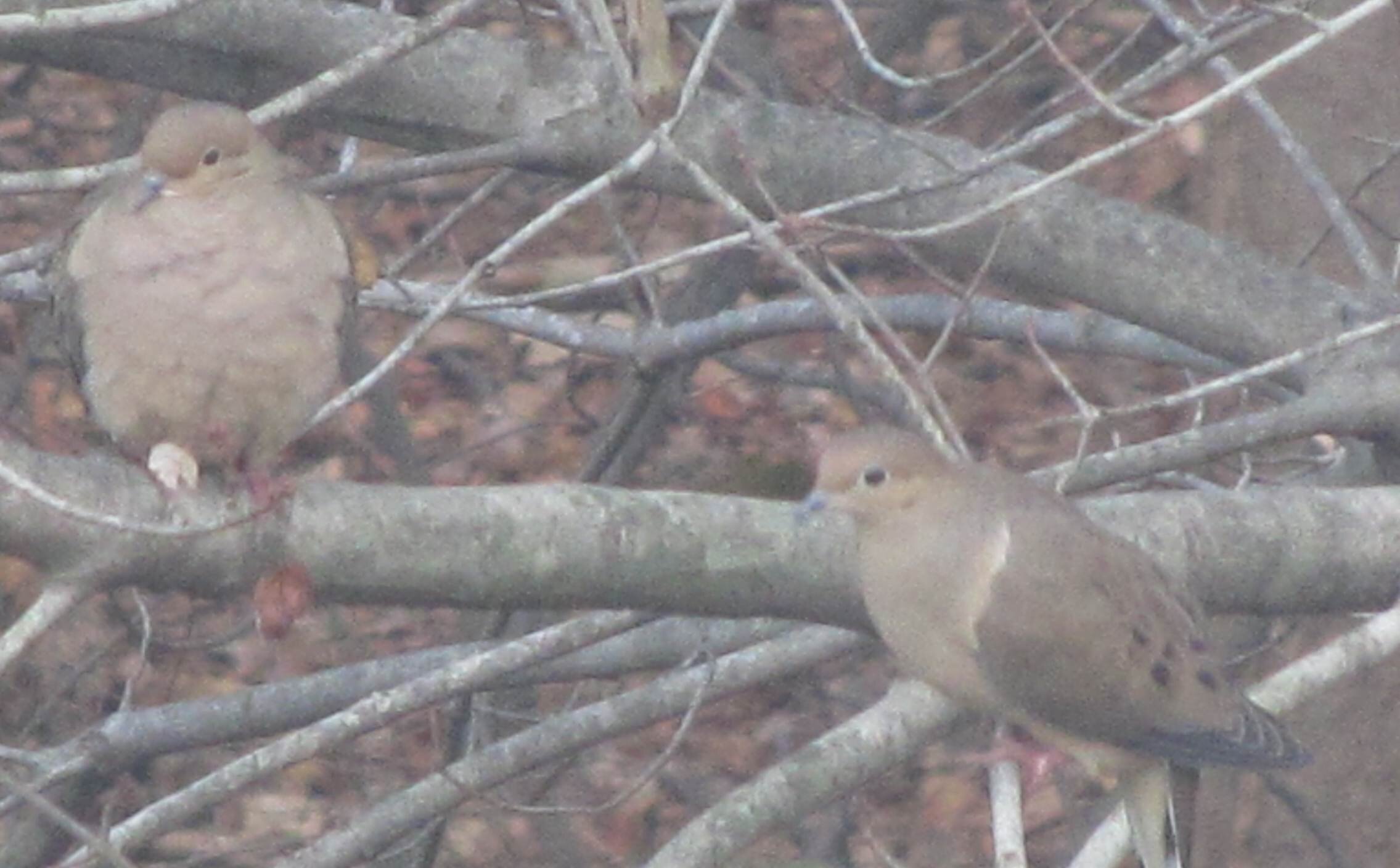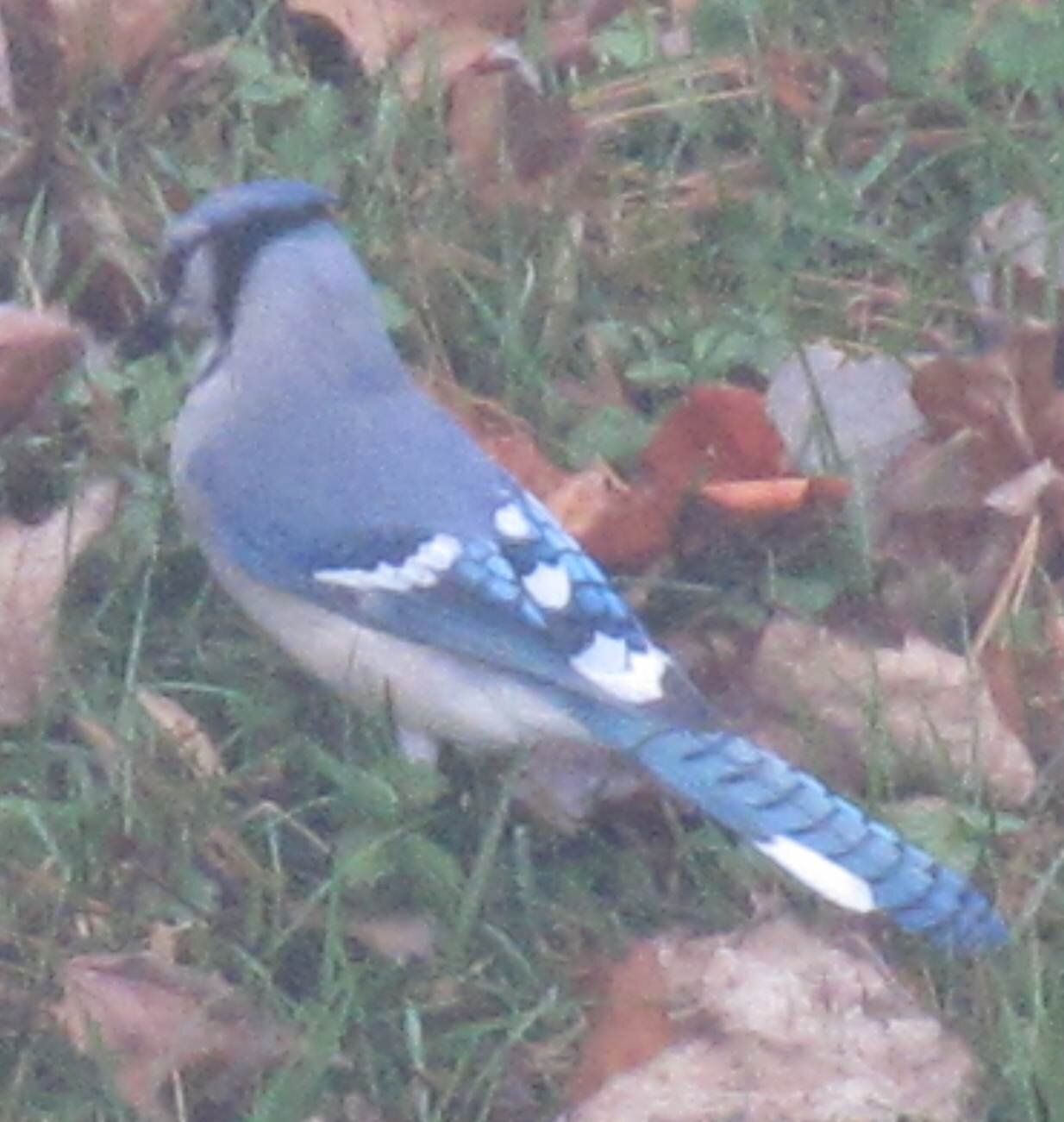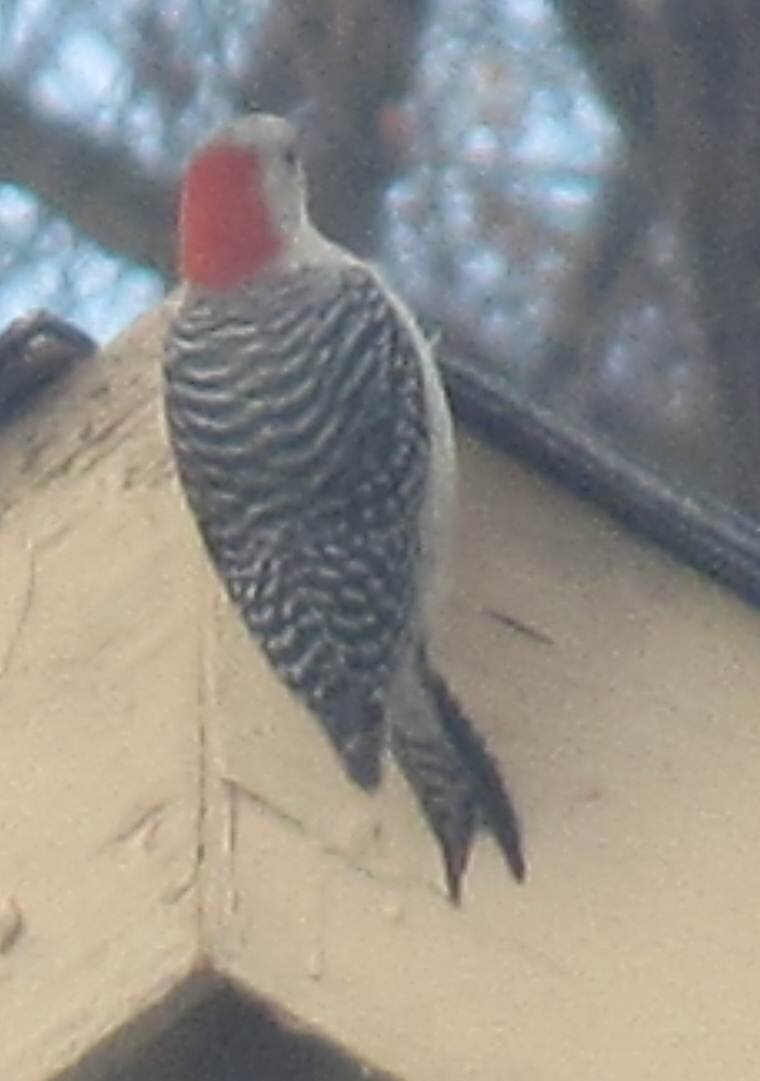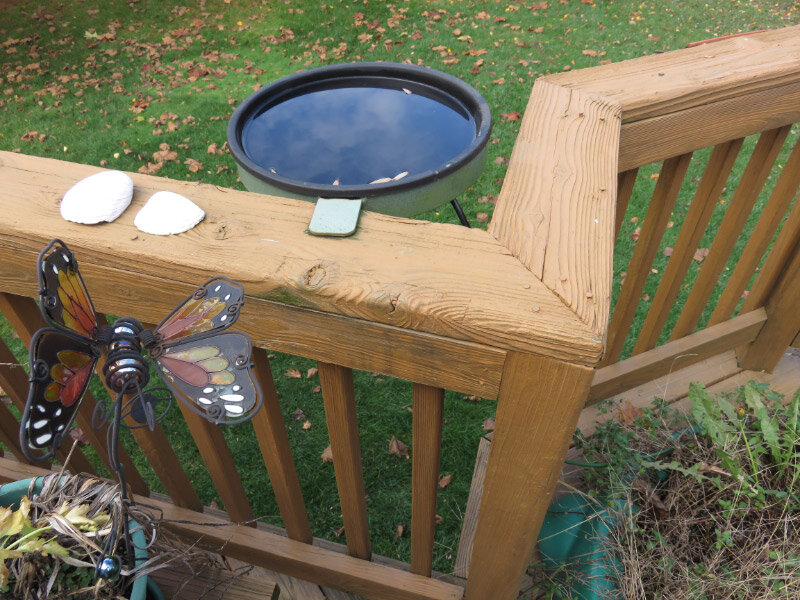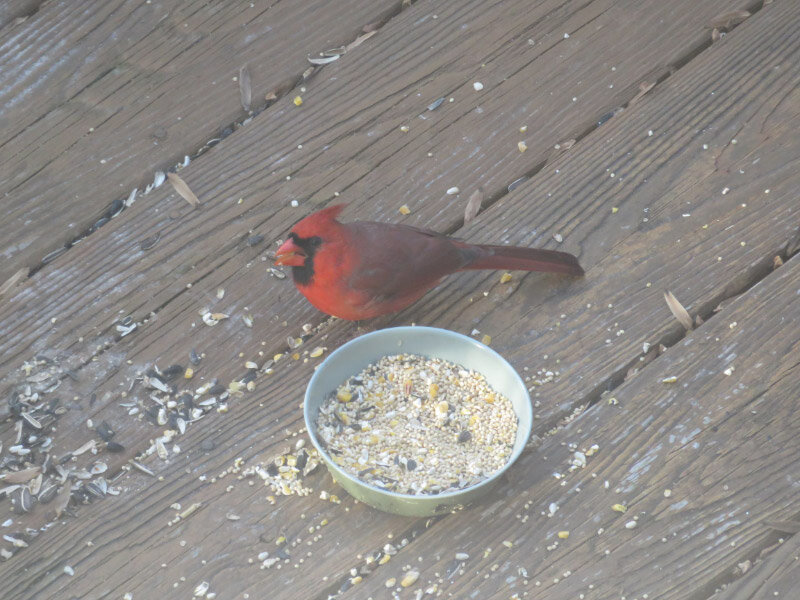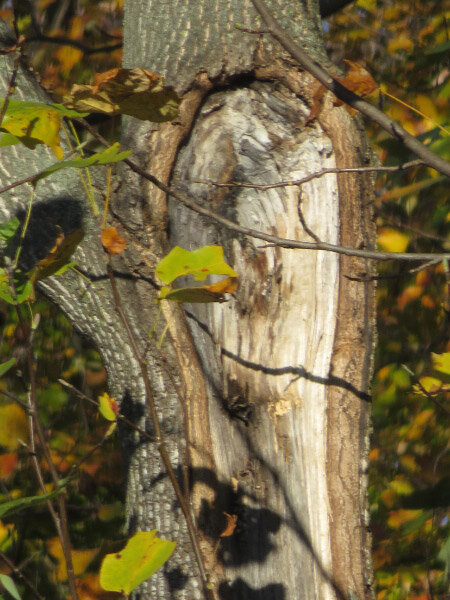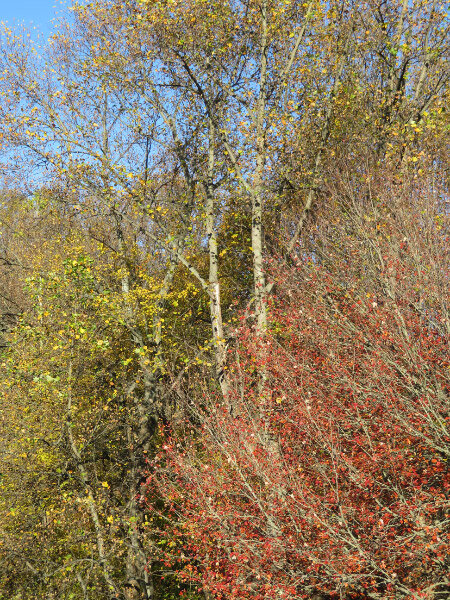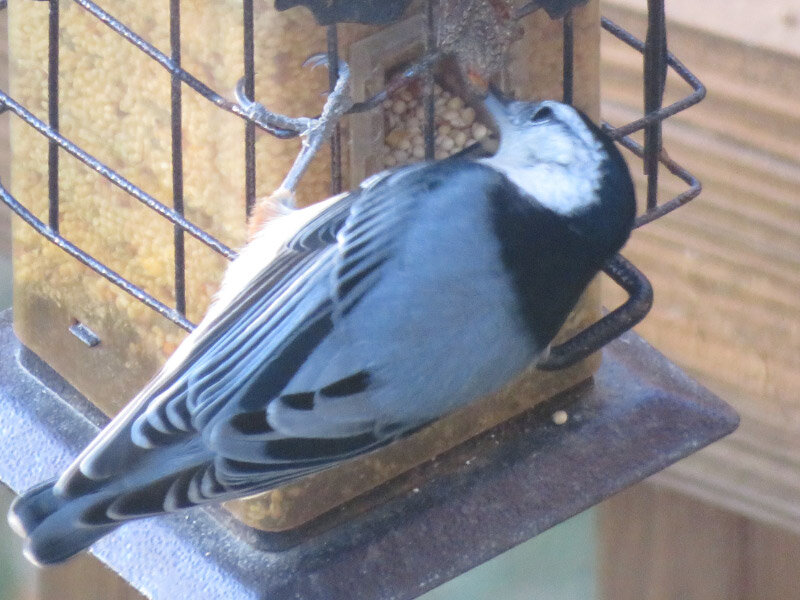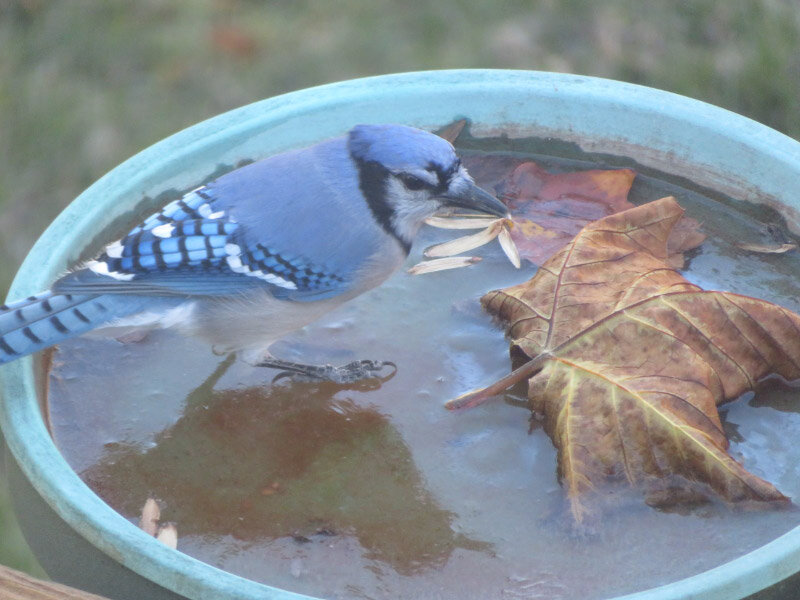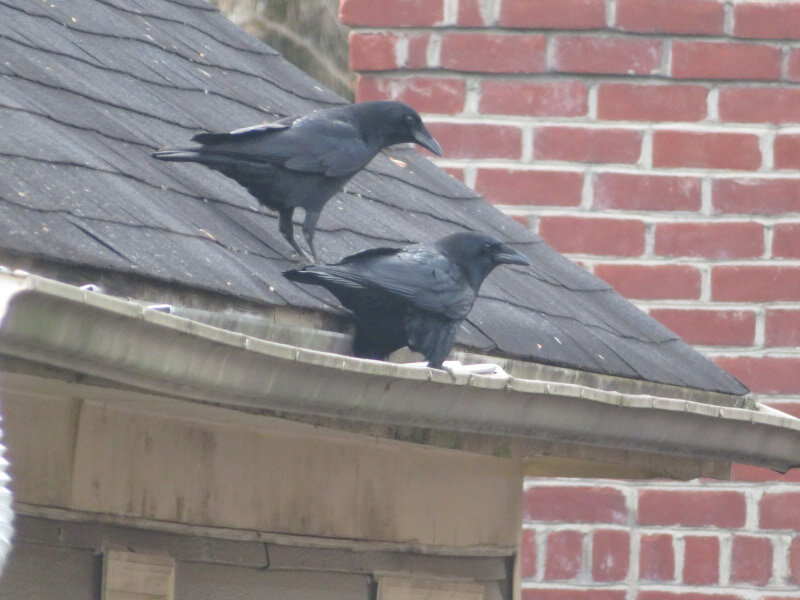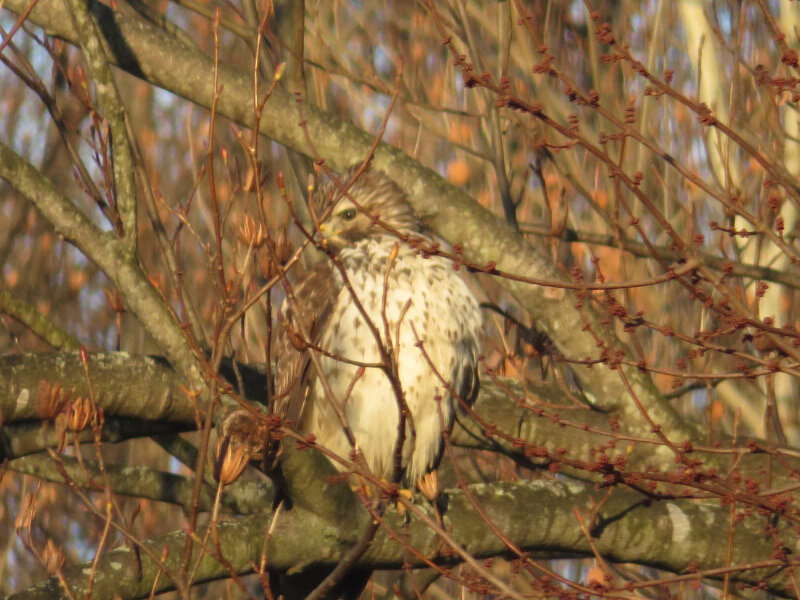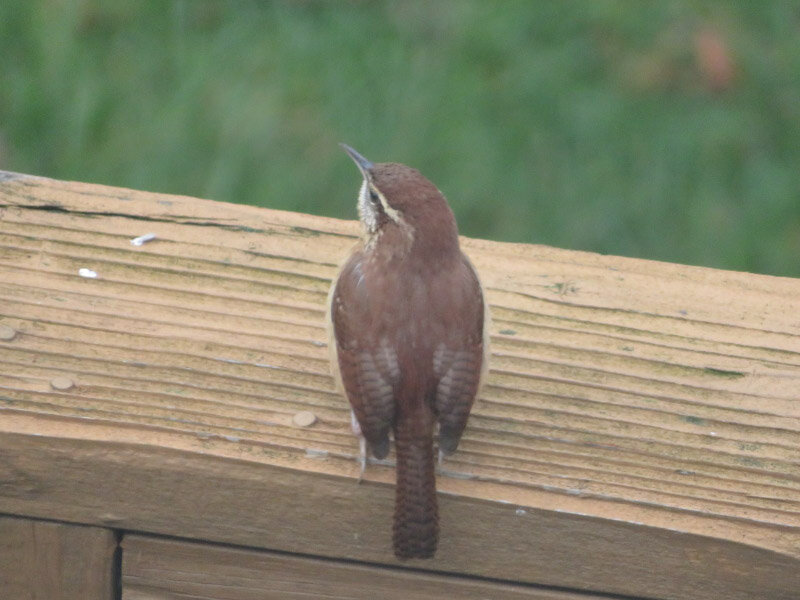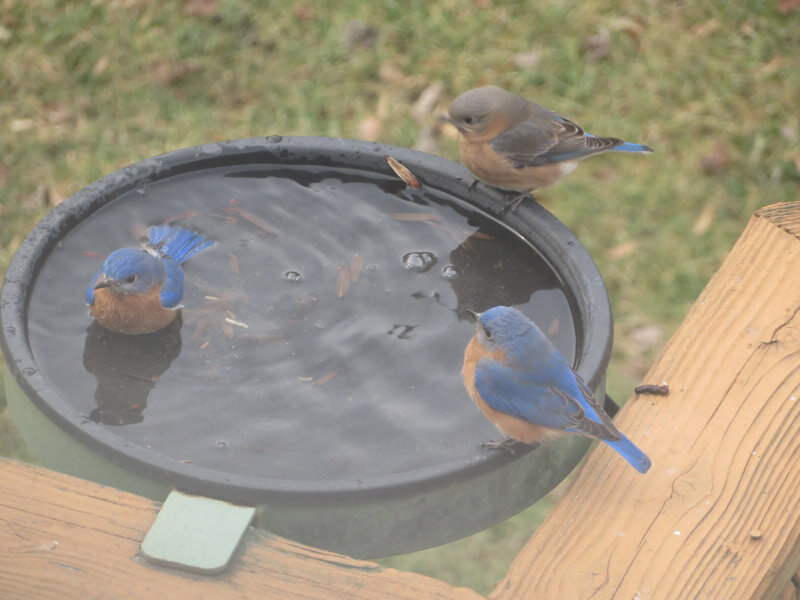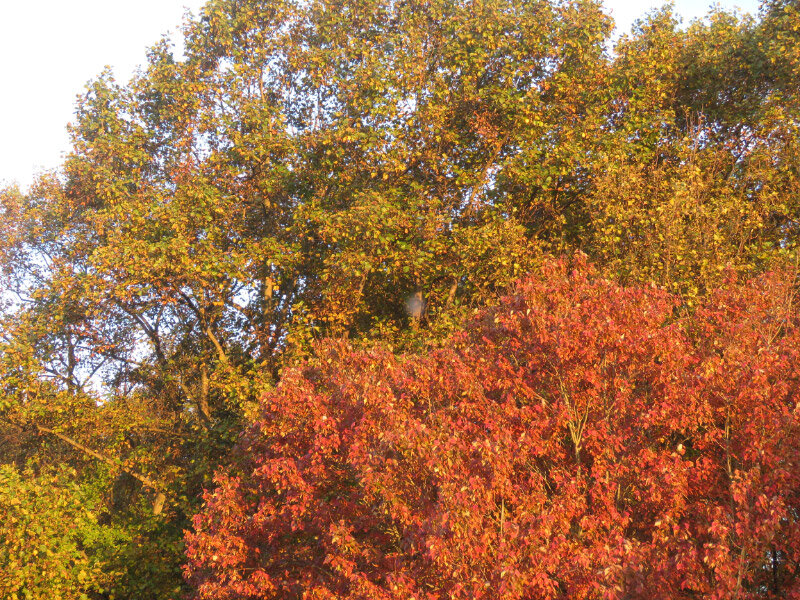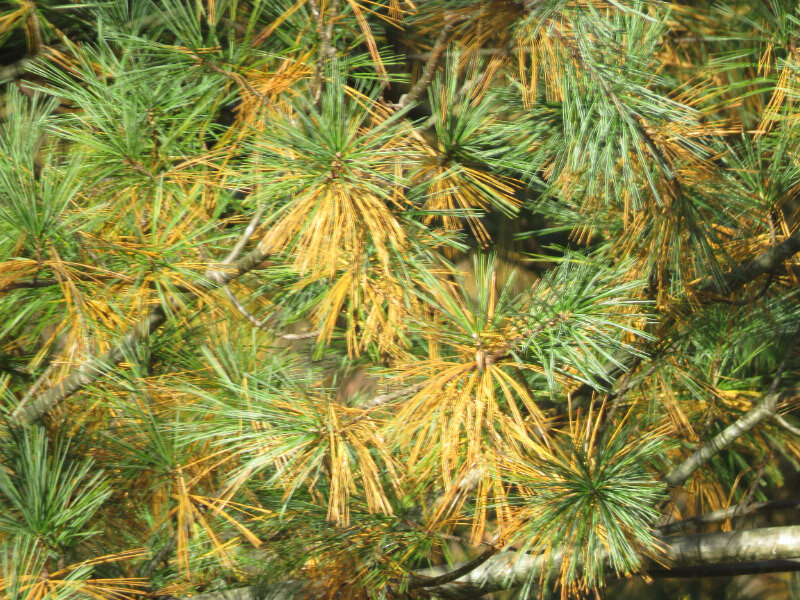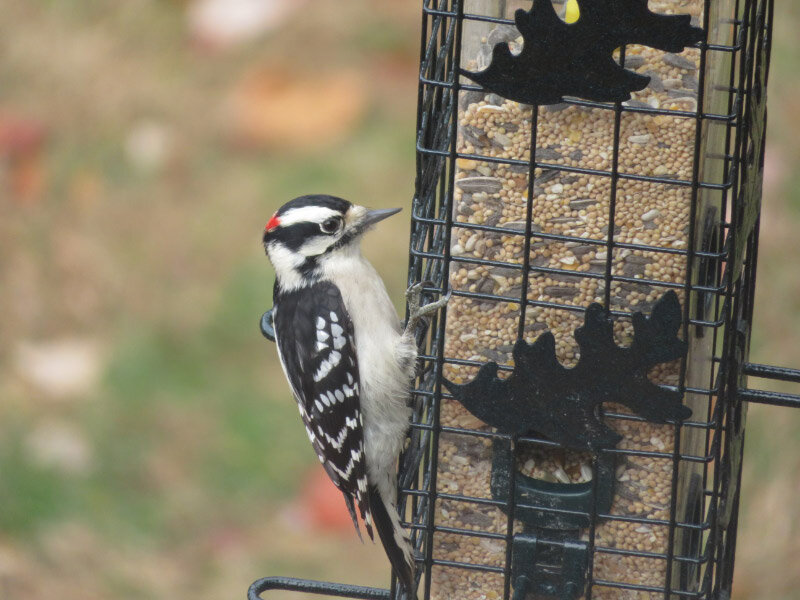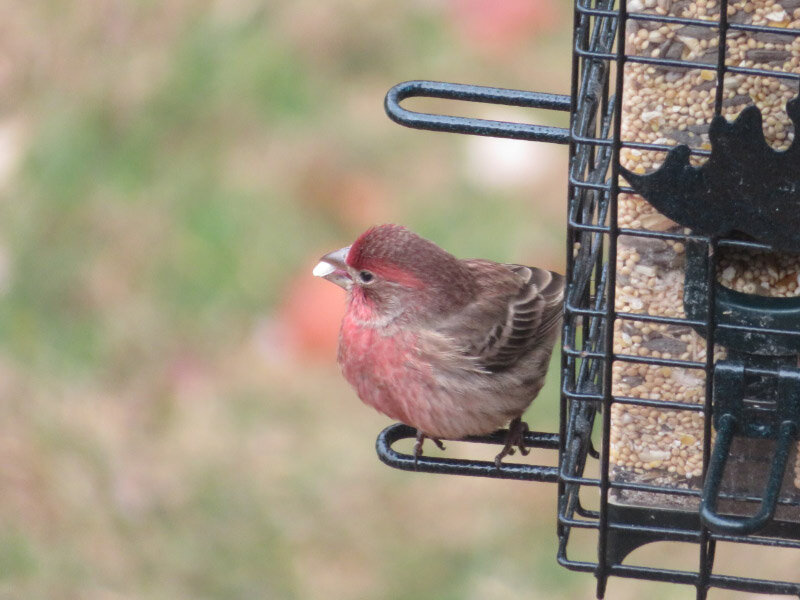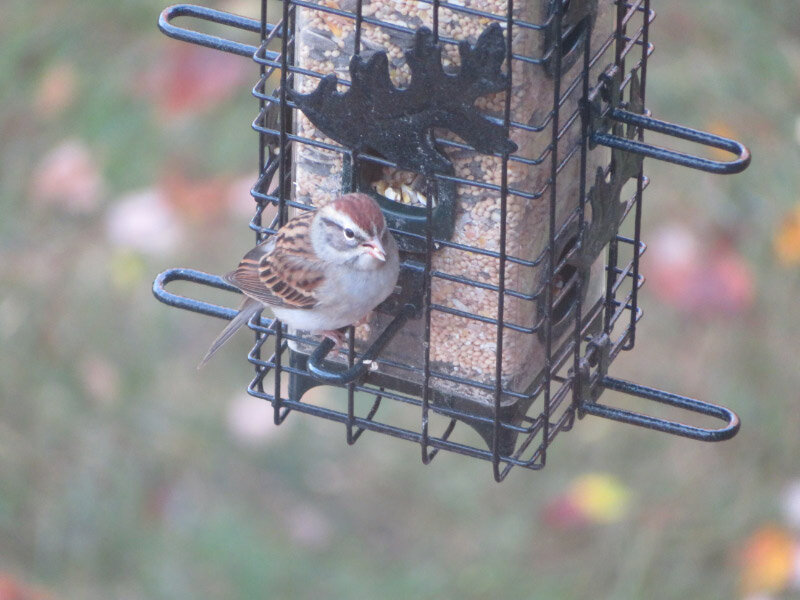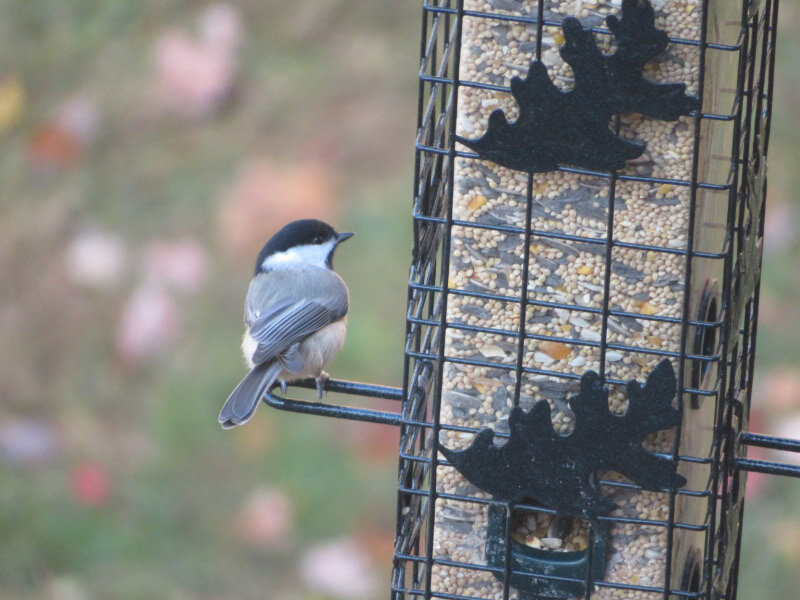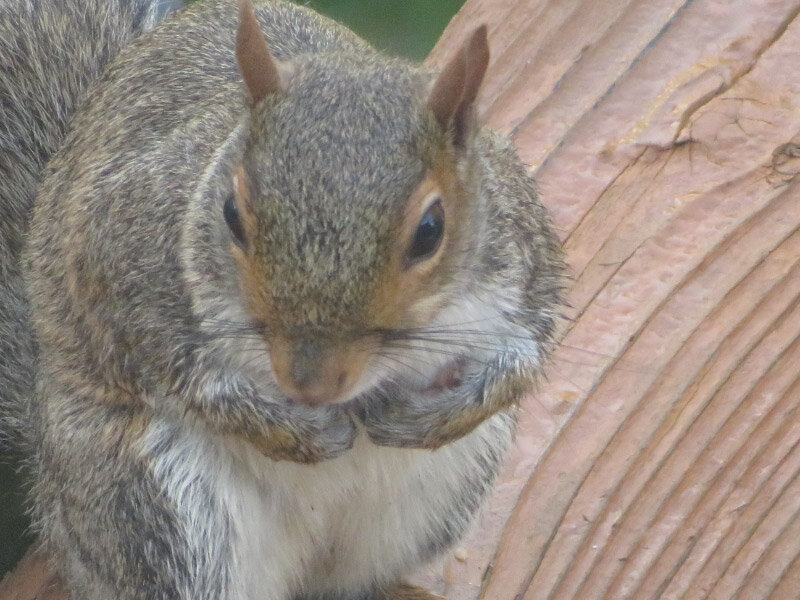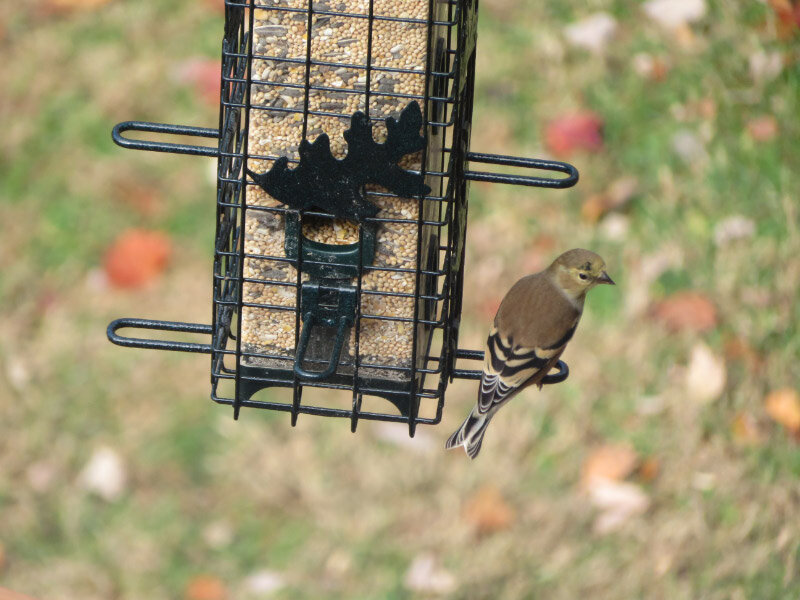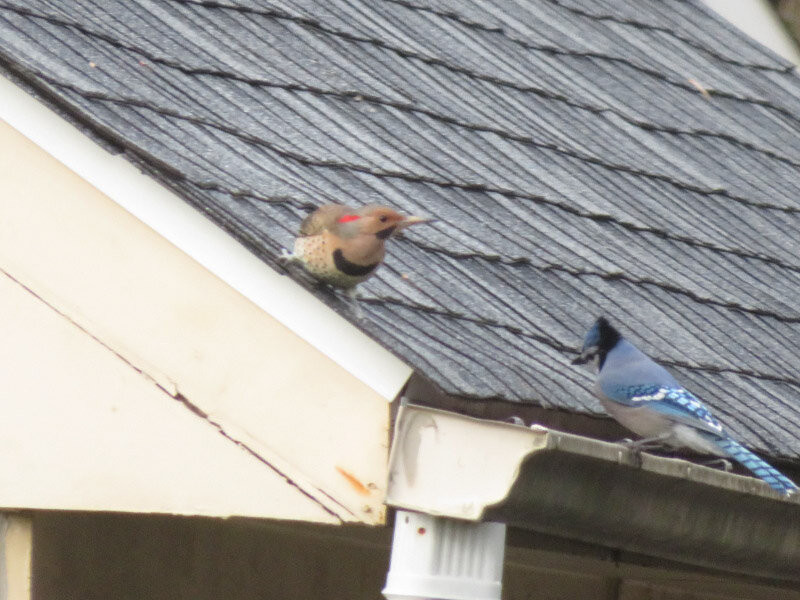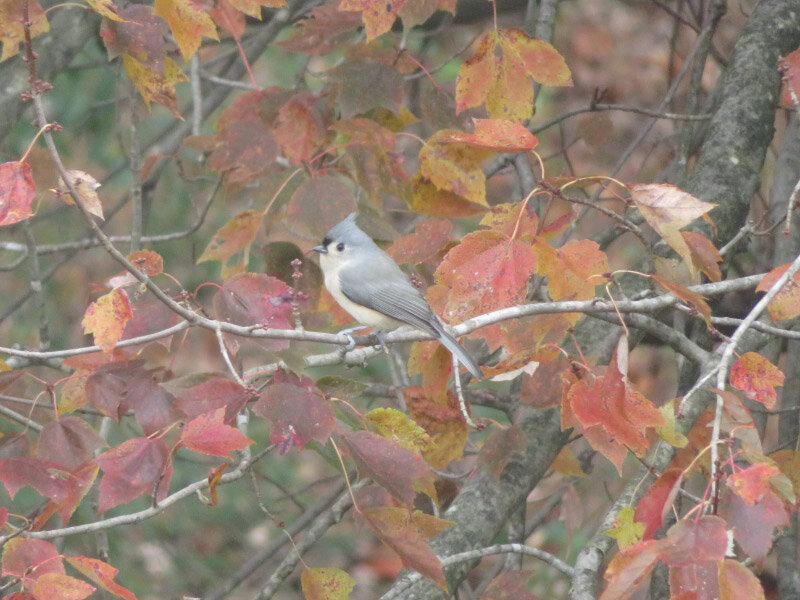Gleanings of the Week Ending February 6, 2021
/The items below were ‘the cream’ of the articles and websites I found this past week. Click on the light green text to look at the article.
Human egg cells are imperfect surprisingly often -- ScienceDaily – More than 7% of human oocytes contain at least one exchangeless chromosome pair…and the frequency is not affected by maternal age. Our species is hardwired to have significant numbers of miscarriages and babies with extra or missing chromosomes. The finding is interesting, but I immediately thought of some questions…has this changed over the past 100 years (i.e. have we changed our environment enough that we are impacting our reproductive success) and how does this frequency compare to other mammals?
Why our pursuit of happiness may be flawed - BBC Future – A thought provoking piece about how seeking ‘happiness’ often sets the stage for disappointment…rather than contentment.
Pollution from cooking remains in atmosphere for longer -- ScienceDaily – Eating deep-fat fried foods is not just unhealthy…the cooking of foods that way contributes to air pollution. In London, 10% of the PM2.5 particles are from deep fat frying….in Hong Kong 39%!
2nd Annual Threatened And Endangered Parks: Natural Darkness And Sounds – My husband and I are looking forward to more dark sky opportunities in national parks. So far – the ‘star parties’ we’ve been to have been at state parks and hosted by amateur astronomy clubs in the area. The dark sky venue requires a bit of infrastructure to support a field full of camping amateur astronomers with their telescopes (electricity for telescopes/computers and bath rooms with red tented windows).
Top 25 birds of the week: Colouration! - Wild Bird Revolution – Lots of color in this post to break up mostly brown and white winter color outside my window!
U.S. Breaks Record for Billion-Dollar Climate Disasters in 2020 | Smart News | Smithsonian Magazine – Not a good record to be breaking…and they happened during a pandemic year too. There were 22 disasters that caused at least $1 billion in damages across America in 2020.
Q&A: Global Insect Declines Due to "Death by a Thousand Cuts" | The Scientist Magazine® - In every case researched….it’s not just one thing that caused the decline…it a cluster of primary factors (6 or more) and then other factors that are difficult to quantify.
Texas Wind Power Dominates Coal In Crossover Year – Hurray! Hopefully, the coal plants will begin to phase out in Texas and across the country as they become less and less competitive with renewable sources of power.
On the road to invisible solar panels: How tomorrow's windows will generate electricity -- ScienceDaily – I am always reluctant to consider replacement windows….but if they were cost effective solar panels…that would tip the decision toward ‘buy’!
Caligula's Gardens, Long Hidden Beneath Italian Apartment Building, to Go on View | Smart News | Smithsonian Magazine – A subterranean museum beneath the streets of Rome to open this spring.









